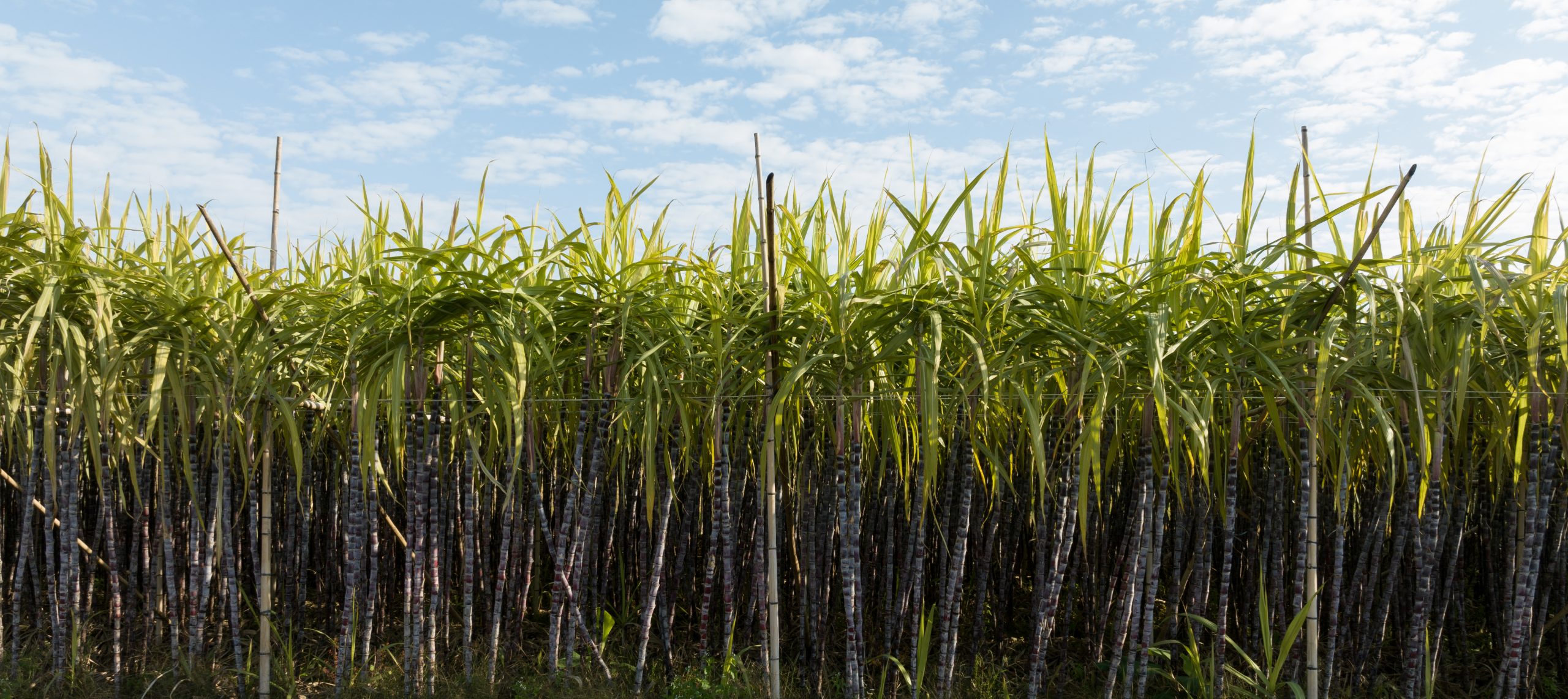Executive Summary
The global sugar market is experiencing significant bearish pressure as prices hit four-year lows at 15.8 US cents per pound. Czarnikow's latest projections indicate a massive 7.5 million tonnes surplus for the 2025-26 season—the largest since 2017-18. With production expected to reach 185.9 million tonnes while consumption drops to 178.3 million tonnes, traders and food processors must prepare for an oversupplied market driven by strong harvests in India, Brazil, and Thailand.
Market Overview: Bears Take Control
The sugar futures market is painting a distinctly bearish picture as prices tumble to levels not seen since 2021. Trading at 15.8 US cents per pound, the commodity reflects a fundamental shift in market dynamics where supply abundance meets weakening demand.
The most telling indicator of this bearish sentiment comes from delivery data. July delivery on the InterContinental Exchange in New York recorded only 888 lots—equivalent to approximately 45,000 tonnes—marking the lowest volume in 11 years. This dramatic decline in physical delivery interest signals that buyers are stepping back from the market, anticipating further price declines.
Czarnikow's Surplus Projection: A Game-Changer
Commodities trading firm Czarnikow has released projections that will likely reinforce the bearish trend gripping global sugar markets. Their forecast of a 7.5 million tonnes global surplus for the 2025-26 season represents the most significant oversupply situation since 2017-18.
The firm projects global sugar production will reach 185.9 million tonnes in 2025-26, making it the second-highest production year after 2017-18. This surge in production comes at a time when global consumption is expected to contract to 178.3 million tonnes—down 1.1 million tonnes from previous estimates.
Regional Production Dynamics
India's Monsoon-Driven Recovery
India's sugar sector is poised for a significant rebound, with Czarnikow projecting production to increase to 32 million tonnes in 2025-26. The favorable monsoon conditions are the primary driver behind this optimistic outlook.
The monsoon arrived over a week earlier than usual, and reservoir levels in key sugar-producing states of Maharashtra and Karnataka have improved substantially. This enhanced water availability ensures adequate irrigation for sugarcane crops during critical growth phases.
The Indian Meteorological Department's prediction of above-normal rainfall in July, following June's 10% surplus rainfall, provides additional confidence in the crop's prospects. These conditions are particularly beneficial as sugarcane is currently in a crucial growth stage.
Brazil's Production Shift
Brazil's sugar production outlook remains positive despite lower yields in some regions. A key factor supporting sugar supply is the expected shift of more sugarcane from ethanol production to sugar manufacturing. This reallocation of raw materials will boost sugar availability in global markets.
Thailand's Harvest Expectations
Thailand is also expected to contribute to the global surplus with projections of a higher sugarcane crop. The country's improved agricultural conditions will add to the overall supply pressure facing the global market.
European Challenges
While most major producers are seeing positive production forecasts, Europe faces headwinds from prolonged dry conditions. Falling soil moisture levels across the region present risks to sugar beet crops, though this is unlikely to offset the surplus from other major producers.
Demand-Side Pressures
Beyond supply-side abundance, the sugar market faces unique demand challenges. Czarnikow has expressed concerns about the rising use of medications that control blood sugar and appetite, particularly GLP-1 drugs. These pharmaceutical interventions could reduce sugar consumption, especially in developed nations where consumers can afford such treatments.
This emerging trend represents a structural shift in sugar demand patterns, moving beyond traditional economic factors to include health and pharmaceutical influences.
Investment and Trading Implications
The reluctance of investors to take physical delivery reflects broader market sentiment. With abundant supplies and weakening demand fundamentals, traders are adopting a cautious approach to sugar positions.
For food processors and manufacturers, this market environment presents both opportunities and challenges. While lower sugar prices reduce input costs, the volatility and uncertainty require careful procurement strategies and risk management.
Market Outlook and Strategic Considerations
The convergence of multiple bearish factors—record surplus projections, weak delivery interest, and emerging demand headwinds—suggests the sugar market may remain under pressure through the 2025-26 season.
Key factors to monitor include:
- Monsoon development in India and its impact on final production figures
- Brazil's ethanol-to-sugar allocation decisions
- European weather patterns and their effect on sugar beet yields
- Pharmaceutical trends affecting sugar consumption patterns
For traders and processors in the agricultural commodities space, this environment demands:
- Enhanced market intelligence and forecasting capabilities
- Flexible procurement strategies to capitalize on price volatility
- Risk management tools to navigate supply chain uncertainties
- Real-time monitoring of production and consumption trends
Conclusion
The global sugar market stands at a critical juncture where fundamental supply-demand imbalances are creating significant trading opportunities and challenges. Czarnikow's projection of a 7.5 million tonnes surplus for 2025-26 represents more than just a statistical forecast—it signals a paradigm shift that will influence trading strategies, procurement decisions, and market positioning across the agricultural commodities sector.
As prices remain near four-year lows and delivery interest hits 11-year minimums, market participants must balance the opportunities presented by lower costs against the risks of continued price volatility. The convergence of favorable production conditions in major producing regions, coupled with emerging demand headwinds from pharmaceutical developments, suggests the bearish trend may persist longer than traditional seasonal patterns would indicate.
For stakeholders in the agricultural commodities trading ecosystem, success in this environment will depend on leveraging advanced market intelligence, maintaining operational flexibility, and implementing robust risk management strategies. The sugar market's current dynamics exemplify why modern commodity trading requires sophisticated analytical tools and real-time market insights to navigate complex global supply chains effectively.
